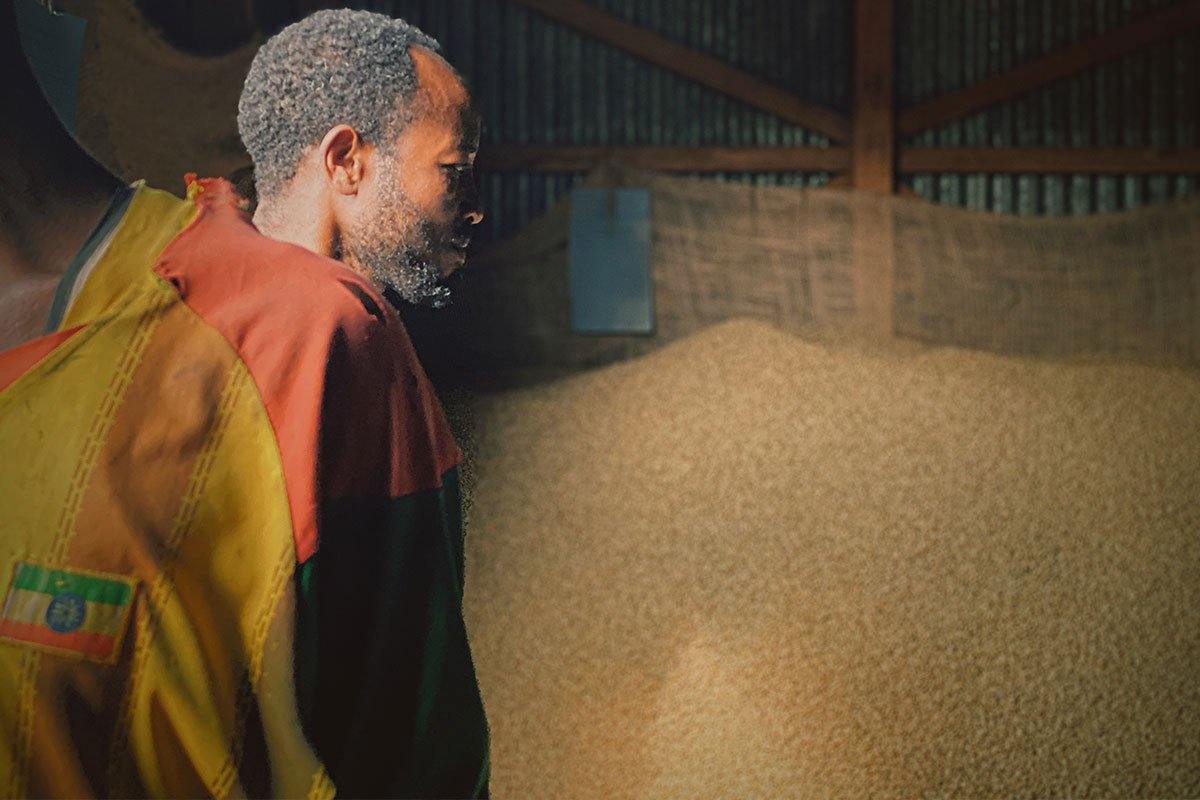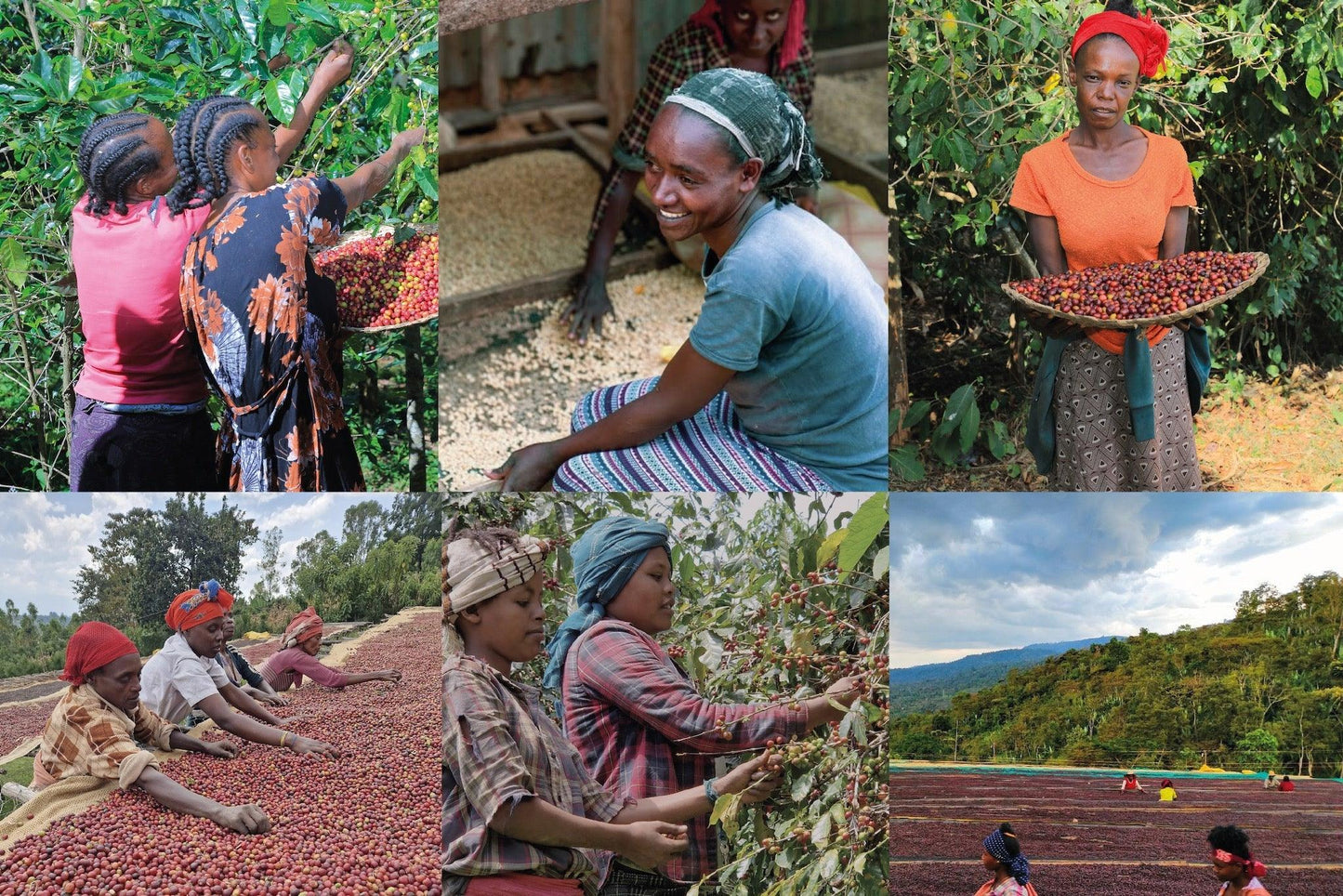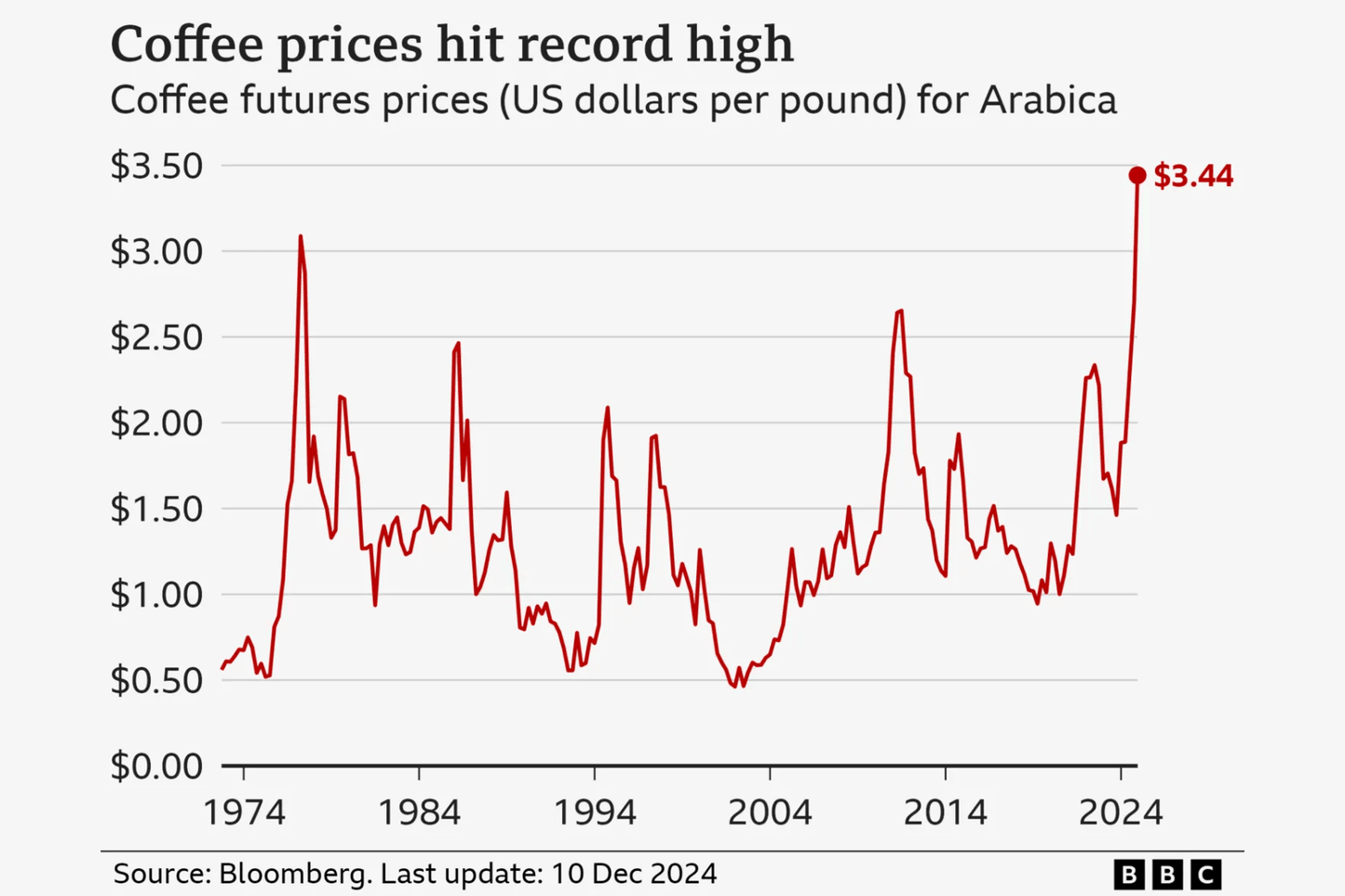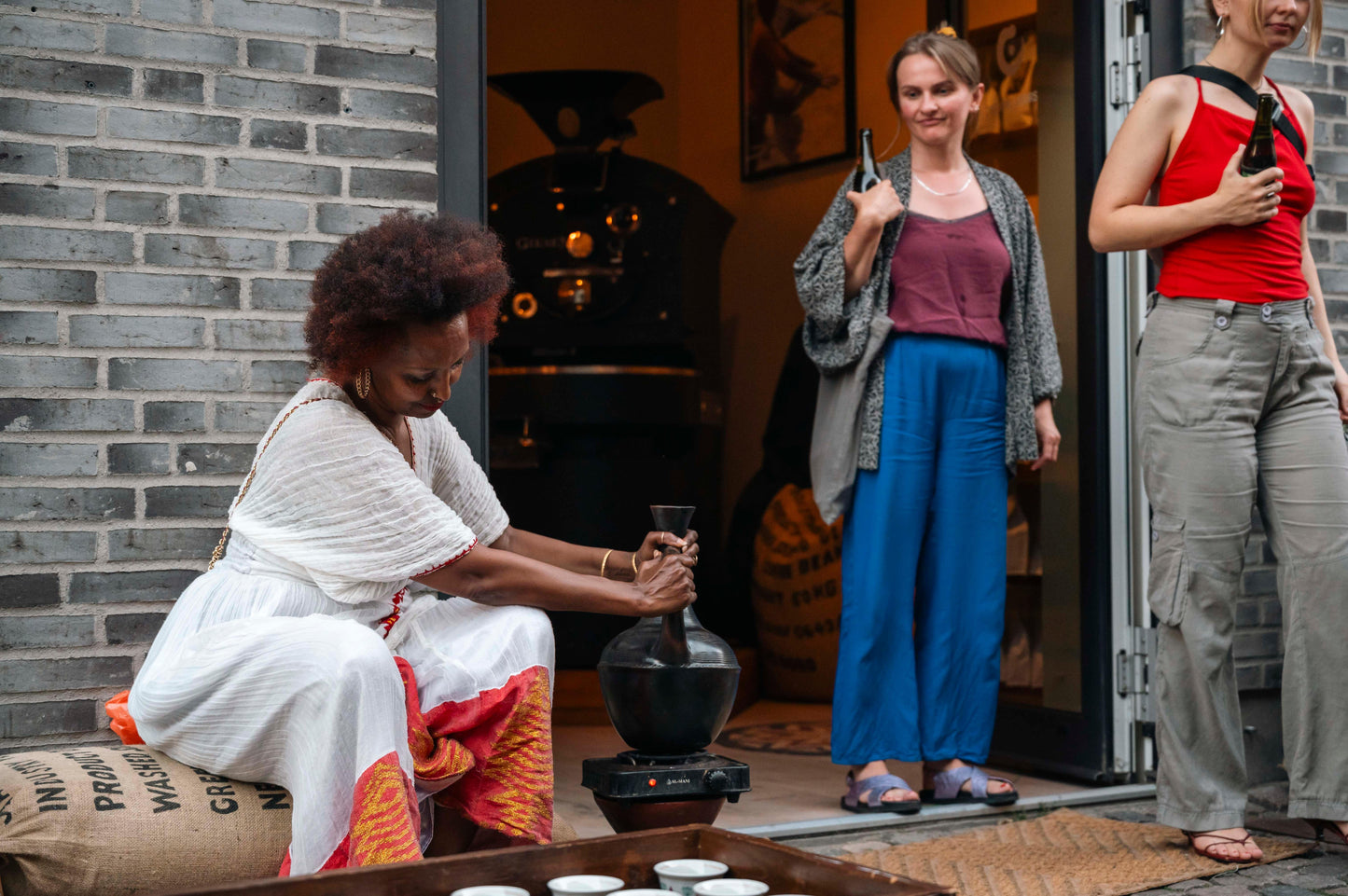The world is currently witnessing a significant jump in coffee prices. The recent frost in Brazil boosting coffee prices worldwide, including Ethiopia, has left us wondering how well we know about how the global pricing of our beloved Arabica coffee works?
We should probably start by looking into the Coffee C Market and its importance to understand this market game better.
What does commodities exchange do to our coffee price?
Since coffee is a commodity, its prices change every minute. It happens at ICE rooms - the major commodities exchange based in New York City. ICE stands for the Intercontinental Exchange, but in this case, all the world's Arabica coffee is bought and sold every day in the global exchange or so-called The C Market, operated by ICE. One is for sure, it is a complex process highly defined by the balance of supply and demand.
The commodities exchange serves here as a third counterparty to the buying and selling parties. Simple as that, sellers sell coffee to the exchange, and the buyers buy coffee from the exchange instead of buying and selling directly from each other. Of course, there is more to that, as to trade Arabica coffees on the C Market, one has to meet specific criteria. For example, the coffee must be Arabica, unroasted, produced in one of twenty predetermined countries, exchanged in one of eight warehouses around the world, and traded in quantities of about the size of one shipping container.
The C price?
While trading coffees, there is one figure called the C price, which affects the price of all Arabica coffees since all coffee is treated as one raw material. Meaning that in case of coffee scarcity, the C price will go up, and if there is an abundance of coffee, the C price will drop.
Looking back, we can find many examples where various weather or other factors affected coffee crops in the major coffee supplying countries, leading to the skyrocketing of global coffee prices in the global market. Like in the current case, the frost in Brazil accelerated coffee prices worldwide. And no wonder, because Brazil is the world's largest Arabica coffee-producing country accounting for about half of the world's supply. The crop loss in Brazil means lower supply, which means higher prices in the global market in most cases.
Over the centuries, coffee has become a global commodity of great importance, becoming one of the most traded products in some countries. More than 125 million people worldwide depend on coffee production for their livelihoods, including farmers, collectors, washing stations, brokers, exporters, importers, roasters, retailers. It goes without saying that a slight shift in prices significantly affects everyone in the supply chain.
What does it leave a farmer with?
The coffee trading happens through futures contracts, which, to put it simply, is an agreement to buy coffee at the agreed date well in advance for the agreed price today. In opens up ways for speculation on the C price in the future and it can lead to both prices going up or down. Sadly, it has huge impact on producers because the C price is not connected to the cost of coffee production.
Even though the C market was created with good intentions to protect supply chain actors in global trade, it seems its goal is failing. As for today, all these speculations do not necessarily reflect the actual market conditions and, therefore, can sometimes cause bad price swings.





